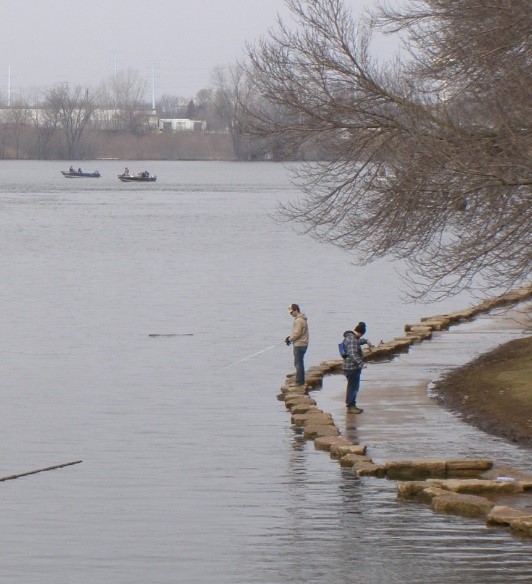By Terry C. Misfeldt
Here are some Basics for describing the wind in your writing. Pardon the fact each describing element begins with the letter B:
Blizzard: Common during winter months in northern latitudes, the wind during a blizzard is strong and can create white-out conditions. Snow drifts into at times impassable piles. Roads are covered in the white stuff and temperatures plummet.
Blow: The wind blows in situations such as hurricanes, tornadoes, n’or-easters and similar bad conditions that can be deadly. One can expect a blow — blowing wind (it always blows in some form) to cause extensive damage and be life-threatening.
Breeze: When the wind is a breeze, it can be pleasant or a bit tempestuous. A pleasant breeze cools you off during a warm summer evening while one with a stronger front can fill your sails or make walking into it a challenge.
Balmy: Most people, especially northern climate writers, think of balmy wind as a soft, tropical wind that makes living in warmer climates bearable. It’s t-shirts, shorts and flip-flop weather with warm sunshine and slight currents.
Blustery: If you live in an area where the weather change between autumn and winter can be unpredictable, you know what blustery wind means. Leaves are blowing across the yard and clouds bear the threat of snow as temperatures go from warm to cool.
Biting: Much like a blustery wind, a biting wind carries the harbingers of winter with it. Bits of frozen rain, or sleet, pummel the side of your house and chip into your clothing as you face a biting wind and shiver in the cold.
Becalmed: If you spend much time on the water sailing, a becalmed wind is the bane of the sailor. You’re stranded in the ocean with no wind because it has gone quiet. On land it often bodes a change in the weather akin to the eye of the storm.
If you’re a writer, use this as a reference for describing the wind in your writing so you can avoid writing that “it was windy.”

